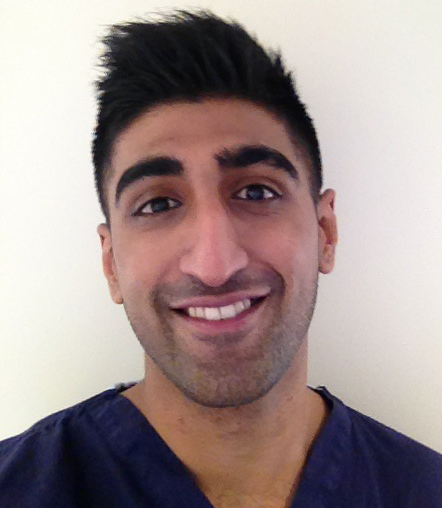
A young dentist shares his experience of foundation training and how to provide the best patient care to achieve a happy patient.
Foundation training is a roller-coaster of highs and lows. It is a time to adjust to the paces of general practice, expand your clinical repertoire, and more importantly develop your communication skills.
Communication could be described as a cornerstone of dentistry. It is needed for interacting with your nurse, your colleagues and your patients ranging from treatment to what you're doing during your free time. In all of these examples, your method of communication creates an impression which dictates that person's perception of yourself. It is this which creates an experience.
Before I continue, I would like you to imagine two cafes. Both cafes are identical they serve the same things and they are served by the exact same person. In one you simply order a coffee, the person serving you takes your order promptly and you receive your coffee and leave. You do the same in the cafe next door, but this time the person serving you chats to you, asks you about your day and then serves you your coffee. Now which one would you go back to? It would be the second, because they created a personal experience which made you more comfortable in that setting.
In my current practice, I am building a new list and therefore seeing a high number of new patients. I soon realised that by tailoring the method in which I interacted with my patients to each individual, i.e. giving them a personal experience, it made patients fear the dentist less, it quickened appointment times, as they knew what was to be done and trusted me to do it, and had the added benefit of them introducing their friends and family to the practice. It is this ethos which I believe should be applied throughout our field.
To create a good experience for a patient, there are basic things which everyone knows but does not do. First and foremost, introduce yourself and shake their hand as soon as possible. It fails to amaze me the number of people who do not do this in a dental setting, when it is the norm in any other. This simple action builds instant rapport and demonstrates the focus of the appointment is the patient. Secondly listen to the patient; discuss what you're going to do and explain why. Again this is common sense, but it is a common occurrence for patients to be told that they need treatment, but not to be told the reason why. Thirdly ensure before a patient leaves they are satisfied and understand everything you have spoken about. This reinforces the idea that the patient is the focus of the appointment and shows that you care about them. Lastly get to know them. By learning about a patient outside of their treatment, is how you make their dental experience truly personal and develop a long standing relationship. I stress that these are just guidelines and not a recipe for the perfect dental appointment.
To conclude, the most important lesson that I have learnt during foundation training is the best dentist to a patient is not the one who can do the best treatment, but instead is the one who makes them feel like a person and not just a patient.
Ravdeep Johal
Dundee Graduate 2013